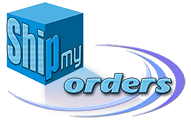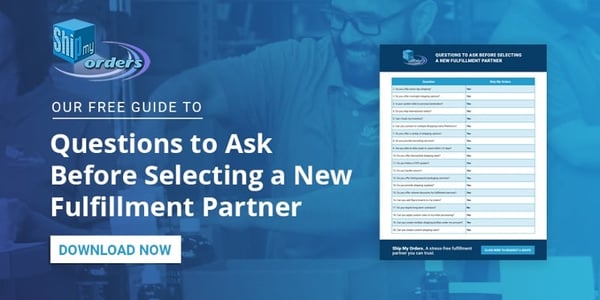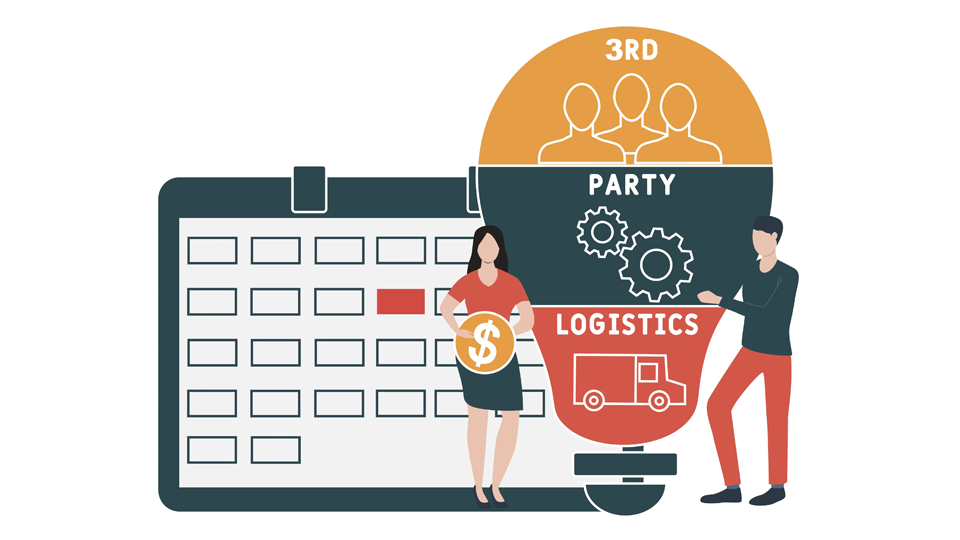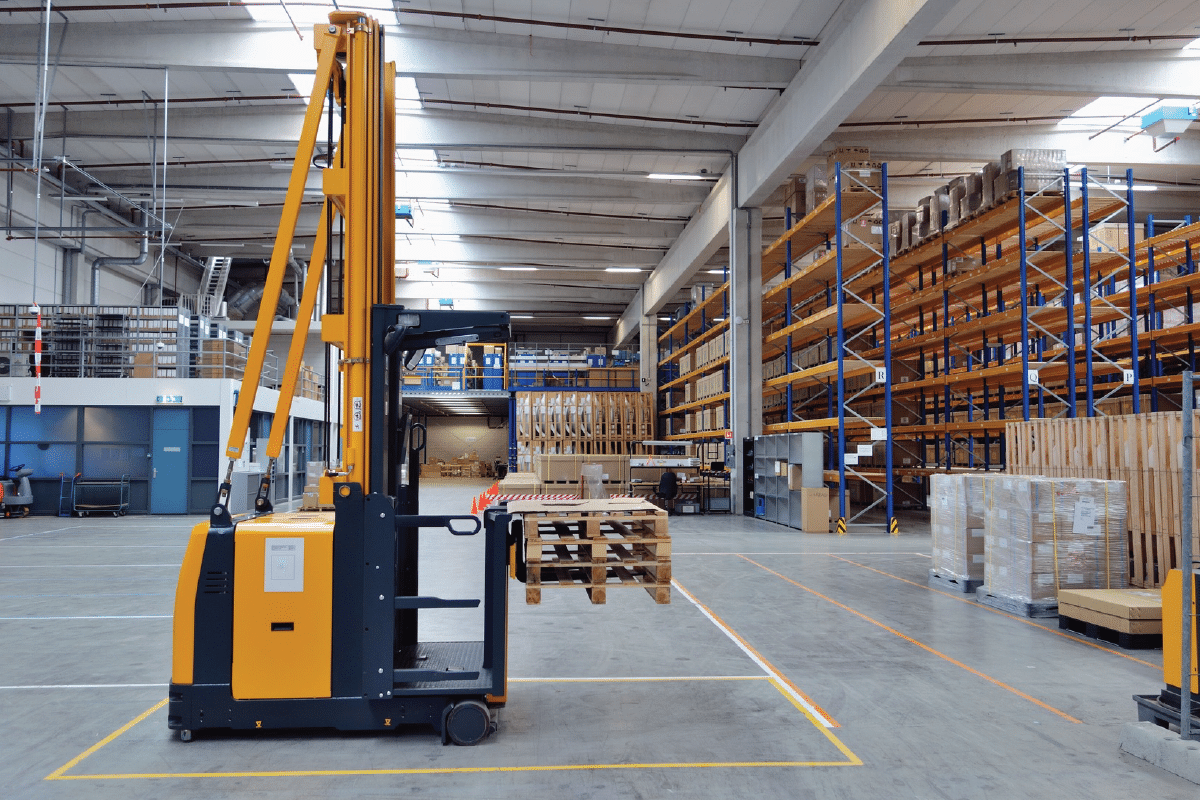Preparing for a 3PL Integration: Best Practices for eCommerce Businesses
.png?width=600&height=314&name=Ship%20my%20Orders%20Blog%20%236%20(1).png)
Running an eCommerce business involves managing multiple aspects of your operations, including inventory management, order fulfillment, and shipping logistics. As your business grows, it becomes essential to streamline these processes to meet customer expectations and stay ahead of the competition.
This is where integrating with a third-party logistics (3PL) provider can be a game-changer. We will explore the best practices for preparing your eCommerce business for a seamless 3PL integration.
Determine if Now Is the Right Time to Make a Change
Before diving into the process of integrating with a 3PL provider, it is crucial to evaluate whether it is the right time for your business to make this transition. Consider the following factors:
Growth in order volume
If your business is experiencing a significant increase in order volume, it might be a sign that your current fulfillment capabilities are unable to keep up. Outsourcing to a 3PL provider can help you scale your operations efficiently.
Limited storage space
If you find yourself struggling with limited warehouse space, a 3PL provider can help alleviate this constraint by offering warehousing and inventory management services.
Diverse shipping requirements
If your customers demand fast and cost-effective shipping options, a 3PL provider with a wide network of carriers and expertise in shipping logistics can optimize your shipping processes.
Time constraints
If you want to focus more on core business activities and reduce the time spent on fulfillment and logistics, integrating with a 3PL provider can free up valuable resources.
Cost-effectiveness
Evaluate whether outsourcing your fulfillment operations to a 3PL provider can lead to cost savings compared to managing it in-house. Consider factors such as labor costs, storage expenses, packaging materials, and shipping rates.
Customer satisfaction
If you are experiencing customer complaints related to delayed shipments, inaccurate order fulfillment, or poor packaging, partnering with a reliable 3PL provider can help enhance the customer experience.
Schedule a One-on-One Meeting to Plan Your Move
Once you have decided to integrate with a 3PL provider, it is essential to plan and strategize the transition process. Here's how to approach it:
Research potential 3PL providers
Start by identifying and researching reputable 3PL providers that align with your business requirements. Look for providers with experience in eCommerce fulfillment, a robust technology infrastructure, and positive customer reviews.
Evaluate their capabilities
Reach out to shortlisted 3PL providers and schedule a one-on-one session to discuss your business's specific needs and challenges. During this session, ask questions related to their capabilities, technology systems, integration process, and key performance indicators (KPIs).
Share insights about your current operations
Provide detailed information about your current fulfillment and logistics processes, including order volume, SKU count, average order size, shipping destinations, and any unique requirements. This will help the 3PL provider understand your business and propose tailored solutions.
Discuss integration requirements
Inquire about the integration process required to connect your eCommerce platform or order management system with the 3PL provider's warehouse management system (WMS). Understand the timelines, technical requirements, and any potential challenges.
Explore value-added services
In addition to core fulfillment services, discuss any value-added services provided by the 3PL provider, such as kitting, customized packaging returns management, or international shipping expertise. These services can add value to your eCommerce business and enhance the overall customer experience.
Obtain a Personalized Transition Plan and an Extensive Estimate
Once you have finalized a 3PL provider for integration, the next step is to obtain a tailored transition plan and a detailed quote. Here's what you should do:
Collaborate on a transition plan
Work closely with the 3PL provider to develop a comprehensive transition plan that covers all the necessary steps and timelines. The plan should include tasks such as inventory reconciliation, data migration, system integration, testing, and employee training.
Ensure data accuracy
Data accuracy is crucial during the integration process. Collaborate with the 3PL provider to establish data transfer protocols, validate data integrity, and ensure a smooth transition without any disruption to your business operations.
Review service-level agreements (SLAs)
Understand the service-level agreements provided by the 3PL provider. Pay attention to key metrics such as order accuracy, order turnaround time, on-time delivery, and customer satisfaction. These metrics will help you assess the performance of the 3PL provider and ensure alignment with your business goals.
Evaluate pricing structure
Review the detailed quote provided by the 3PL provider. Understand the pricing structure, including storage costs, fulfillment fees, additional service fees, and any other relevant charges. Ensure clarity on how costs may vary as your business scales.
Discuss ongoing communication: Establish a communication channel with the 3PL provider for ongoing updates, issue resolution, and performance review. Regularly evaluate the partnership to ensure the 3PL provider continues to meet your evolving business needs.

Integrating with a 3PL provider like Ship My Orders can significantly benefit your eCommerce business by improving operational efficiency, reducing costs, and enhancing the customer experience. By thoroughly evaluating the right time to switch, strategically planning the transition, and obtaining a tailored transition plan and quote, you can set the stage for a successful integration.
Take the time to choose the right 3PL partner and forge a collaborative relationship that aligns with your business goals. Embrace the power of seamless logistics integration and take your eCommerce business to new heights.


-1.png)


